-
Research Methodology
-
Scope of the Study
- Definition
- Research Objective
- Assumptions
- Limitations
-
Research Process
- Primary Research
- Secondary Research
-
Market size Estimation
-
Forecast Model
-
3... Market Dynamics
-
Market Drivers
-
Market Inhibitors
-
Supply/Value Chain Analysis
-
Porter’s Five Forces Analysis
-
4... Global Energy-Efficient
-
Windows Market, By Glazing Type
-
Double
-
Triple Low-e
-
other
-
5... Global Energy-Efficient Windows Market, By
-
Components
-
Introduction
-
Glass
-
Pane spacers
-
Frame
-
Global Energy-Efficient Windows
-
Market, By Application
-
Introduction
-
Residential
-
Commercial
-
Industrial
-
Regional Market
-
Analysis
-
Introduction
-
North America
-
U.S.
-
Canada
-
Europe
-
U.K
-
France
-
Germany
-
Spain
-
Rest of Europe
-
Asia-Pacific
-
China
-
Japan
-
India
-
Rest of Asia-Pacific
-
Rest of the World
-
Competitive Analysis
-
Introduction
-
Competitive Scenario
- Market Share Analysis
- Market Development Analysis
- Product/Service Benchmarking
-
Saint Gobain S.A. (France)
- Overview
- Product/Service Offering
- Strategy
-
Asahi Glass Co., Ltd. (Japan)
- Overview
- Product/Service Offering
- Strategy
-
Masco Corporation (U.S.)
- Overview
- Product/Service Offering
- Strategy
-
Nippon Sheet Glass Co. Ltd. (Japan)
- Overview
- Product/Service Offering
- Strategy
-
SCHOTT AG (Germany)
- Overview
- Product/Service Offering
- Strategy
-
Central Glass Co. Ltd. (Japan)
- Overview
- Product/Service Offering
- Strategy
-
Builders FirstSource, Inc. (U.S.)
- Overview
- Product/Service Offering
- Strategy
-
Jeld-Wen Holding, Inc. (U.S.)
- Overview
- Product/Service Offering
- Strategy
-
YKK AP, Inc. (Japan)
- Overview
- Product/Service Offering
- Strategy
-
Ply Gem Holdings, Inc. (U.S.)
- Overview
- Product/Service Offering
- Strategy
-
LIST OF TABLES
-
TABLE 1
-
GLOBAL ENERGY-EFFICIENT WINDOWS MARKET, BY GLAZING TYPE
-
TABLE 2
-
GLOBAL ENERGY-EFFICIENT WINDOWS MARKET, BY COMPONENTS
-
TABLE 3
-
GLOBAL ENERGY-EFFICIENT WINDOWS MARKET, BY APPLICATION
-
TABLE 4
-
GLOBAL ENERGY-EFFICIENT WINDOWS MARKET, BY REGIONS
-
TABLE 5
-
NORTH AMERICA ENERGY-EFFICIENT WINDOWS MARKET, BY COUNTRY
-
TABLE 6
-
NORTH AMERICA ENERGY-EFFICIENT WINDOWS MARKET, BY GLAZING TYPE
-
TABLE
-
NORTH AMERICA ENERGY-EFFICIENT WINDOWS MARKET, BY COMPONENTS
-
NORTH AMERICA ENERGY-EFFICIENT WINDOWS MARKET, BY APPLICATION
-
U.S. ENERGY-EFFICIENT WINDOWS MARKET, BY GLAZING TYPE
-
U.S. ENERGY-EFFICIENT WINDOWS MARKET, BY COMPONENTS
-
U.S. ENERGY-EFFICIENT WINDOWS MARKET, BY APPLICATION
-
CANADA ENERGY-EFFICIENT WINDOWS MARKET, BY GLAZING
-
TYPE
-
CANADA ENERGY-EFFICIENT WINDOWS MARKET, BY
-
COMPONENTS
-
CANADA ENERGY-EFFICIENT WINDOWS MARKET,
-
BY APPLICATION
-
EUROPE ENERGY-EFFICIENT WINDOWS MARKET,
-
BY COUNTRY
-
EUROPE ENERGY-EFFICIENT WINDOWS MARKET,
-
BY GLAZING TYPE
-
EUROPE ENERGY-EFFICIENT WINDOWS
-
MARKET, BY COMPONENTS
-
EUROPE ENERGY-EFFICIENT WINDOWS
-
MARKET, BY APPLICATION
-
GERMANY ENERGY-EFFICIENT
-
WINDOWS MARKET, BY GLAZING TYPE
-
GERMANY ENERGY-EFFICIENT
-
WINDOWS MARKET, BY COMPONENTS
-
GERMANY ENERGY-EFFICIENT
-
WINDOWS MARKET, BY APPLICATION
-
FRANCE ENERGY-EFFICIENT
-
WINDOWS MARKET, BY GLAZING TYPE
-
FRANCE ENERGY-EFFICIENT
-
WINDOWS MARKET, BY COMPONENTS
-
FRANCE ENERGY-EFFICIENT
-
WINDOWS MARKET, BY APPLICATION
-
U.K. ENERGY-EFFICIENT
-
WINDOWS MARKET, BY GLAZING TYPE
-
U.K. ENERGY-EFFICIENT
-
WINDOWS MARKET, BY COMPONENTS
-
U.K. ENERGY-EFFICIENT
-
WINDOWS MARKET, BY APPLICATION
-
SPAIN ENERGY-EFFICIENT
-
WINDOWS MARKET, BY GLAZING TYPE
-
SPAIN ENERGY-EFFICIENT
-
WINDOWS MARKET, BY COMPONENTS
-
SPAIN ENERGY-EFFICIENT
-
WINDOWS MARKET, BY APPLICATION
-
REST OF EUROPE ENERGY-EFFICIENT
-
WINDOWS MARKET, BY GLAZING TYPE
-
REST OF EUROPE ENERGY-EFFICIENT
-
WINDOWS MARKET, BY COMPONENTS
-
REST OF EUROPE ENERGY-EFFICIENT
-
WINDOWS MARKET, BY APPLICATION
-
ASIA-PACIFIC ENERGY-EFFICIENT
-
WINDOWS MARKET, BY COUNTRY
-
ASIA-PACIFIC ENERGY-EFFICIENT
-
WINDOWS MARKET, BY GLAZING TYPE
-
ASIA-PACIFIC ENERGY-EFFICIENT
-
WINDOWS MARKET, BY COMPONENTS
-
ASIA-PACIFIC ENERGY-EFFICIENT
-
WINDOWS MARKET, BY APPLICATION
-
CHINA ENERGY-EFFICIENT
-
WINDOWS MARKET, BY GLAZING TYPE
-
CHINA ENERGY-EFFICIENT
-
WINDOWS MARKET, BY COMPONENTS
-
CHINA ENERGY-EFFICIENT
-
WINDOWS MARKET, BY APPLICATION
-
JAPAN ENERGY-EFFICIENT
-
WINDOWS MARKET, BY GLAZING TYPE
-
JAPAN ENERGY-EFFICIENT
-
WINDOWS MARKET, BY COMPONENTS
-
JAPAN ENERGY-EFFICIENT
-
WINDOWS MARKET, BY APPLICATION
-
INDIA ENERGY-EFFICIENT
-
WINDOWS MARKET, BY GLAZING TYPE
-
INDIA ENERGY-EFFICIENT
-
WINDOWS MARKET, BY COMPONENTS
-
INDIA ENERGY-EFFICIENT
-
WINDOWS MARKET, BY APPLICATION
-
REST OF ASIA-PACIFIC
-
ENERGY-EFFICIENT WINDOWS MARKET, BY GLAZING TYPE
-
REST
-
OF ASIA-PACIFIC ENERGY-EFFICIENT WINDOWS MARKET, BY COMPONENTS
-
TABLE 49
-
REST OF ASIA-PACIFIC ENERGY-EFFICIENT WINDOWS MARKET, BY APPLICATION
-
TABLE
-
RoW ENERGY-EFFICIENT WINDOWS MARKET, BY GLAZING TYPE
-
TABLE
-
RoW ENERGY-EFFICIENT WINDOWS MARKET, BY COMPONENTS
-
TABLE
-
RoW ENERGY-EFFICIENT WINDOWS MARKET, BY APPLICATION
-
LIST OF FIGURES
-
RESEARCH COMPONENTS
-
GLOBAL ENERGY-EFFICIENT WINDOWS MARKET: BY GLAZING
-
TYPE (%)
-
GLOBAL ENERGY-EFFICIENT WINDOWS MARKET:
-
BY COMPONENTS (%)
-
GLOBAL ENERGY-EFFICIENT WINDOWS
-
MARKET: BY APPLICATION (%)
-
GLOBAL ENERGY-EFFICIENT
-
WINDOWS MARKET: BY REGION
-
NORTH AMERICA ENERGY-EFFICIENT
-
WINDOWS MARKET, BY GLAZING TYPE (%)
-
NORTH AMERICA
-
ENERGY-EFFICIENT WINDOWS MARKET, BY COMPONENTS (%)
-
NORTH
-
AMERICA ENERGY-EFFICIENT WINDOWS MARKET, BY APPLICATION (%)
-
FIGURE 9
-
EUROPE ENERGY-EFFICIENT WINDOWS MARKET, BY GLAZING TYPE (%)
-
FIGURE 10
-
EUROPE ENERGY-EFFICIENT WINDOWS MARKET, BY COMPONENTS (%)
-
FIGURE 11
-
EUROPE ENERGY-EFFICIENT WINDOWS MARKET, BY APPLICATION (%)
-
FIGURE 12
-
ASIA-PACIFIC ENERGY-EFFICIENT WINDOWS MARKET, BY GLAZING TYPE (%)
-
FIGURE
-
ASIA-PACIFIC ENERGY-EFFICIENT WINDOWS MARKET, BY COMPONENTS
-
(%)
-
ASIA-PACIFIC ENERGY-EFFICIENT WINDOWS MARKET,
-
BY APPLICATION (%)
-
ROW ENERGY-EFFICIENT WINDOWS
-
MARKET, BY GLAZING TYPE (%)
-
ROW ENERGY-EFFICIENT
-
WINDOWS MARKET, BY COMPONENTS (%)
-
ROW ENERGY-EFFICIENT
-
WINDOWS MARKET, BY APPLICATION (%)

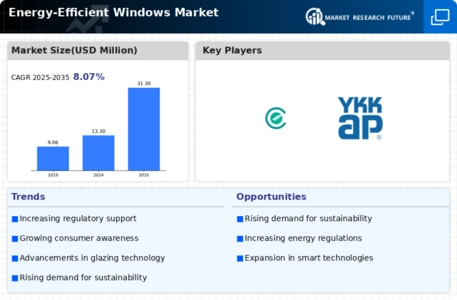
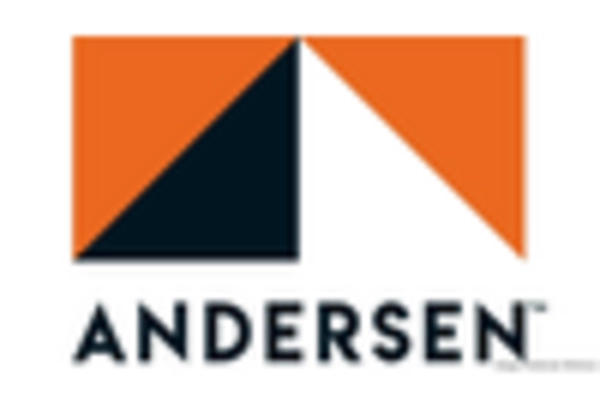
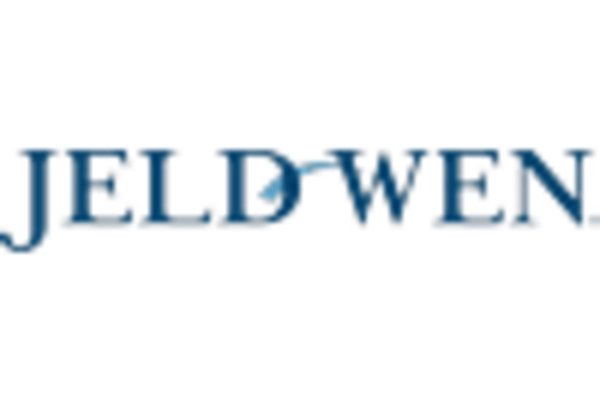
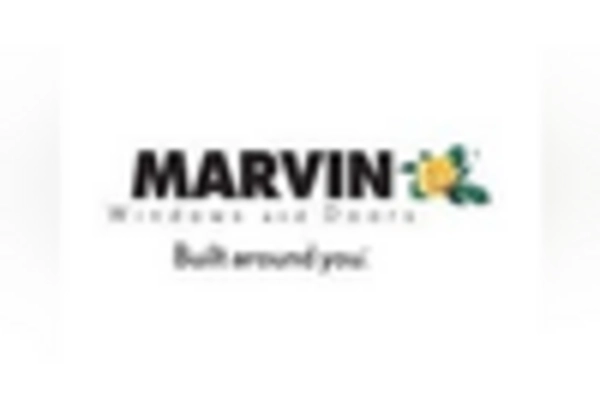
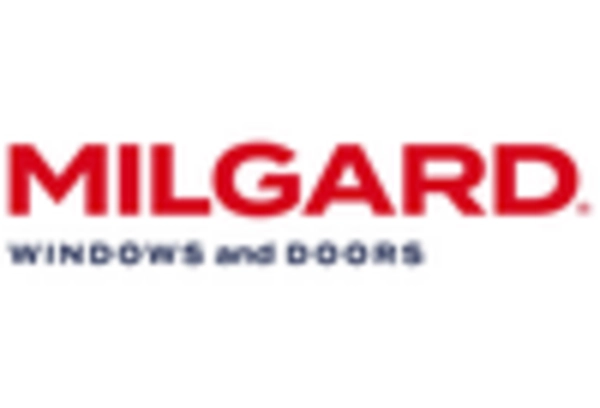
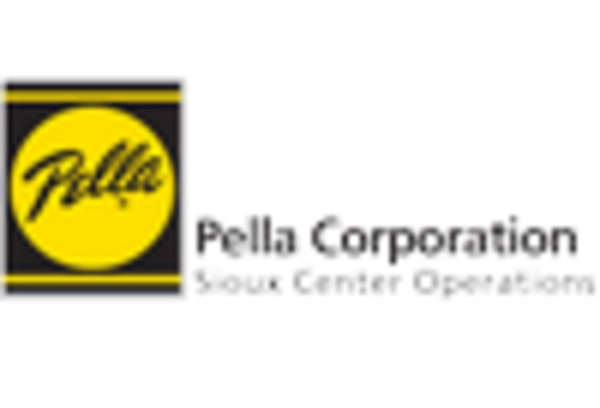
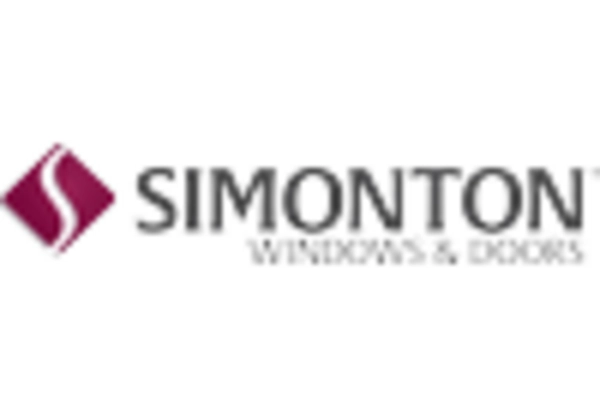









Leave a Comment